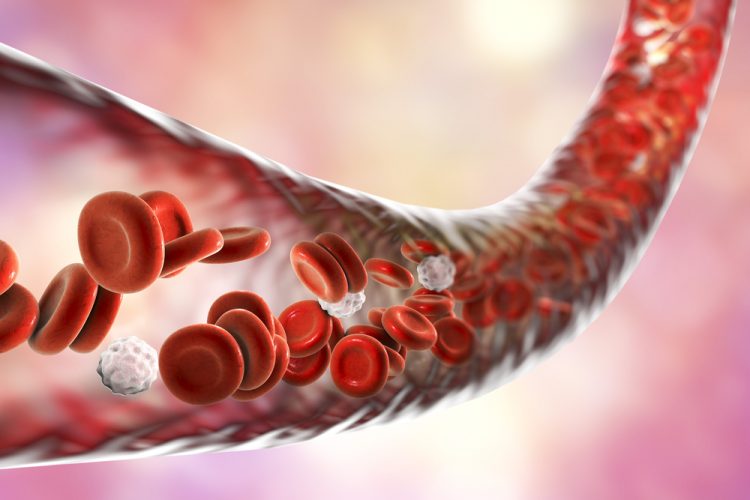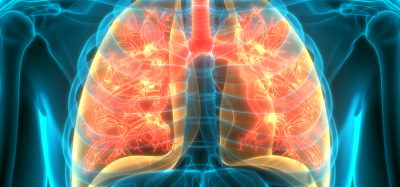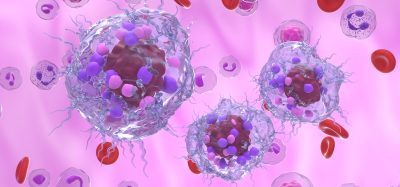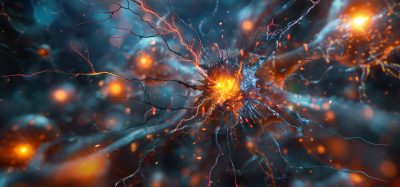3D bioprinted blood vessel grown by Texas A&M engineers
Posted: 19 August 2021 | Anna Begley (Drug Target Review) | No comments yet
A newly developed blood vessel model can mimic the states of health and disease, paving the way for cardiovascular drug advancements.


A team at the Texas A&M University, US, have designed a three-dimensional (3D) bioprinted model of a blood vessel that mimics its state of health and disease and could lead to possible cardiovascular drug advancements with better precision.
Cardiovascular drug advancements have slowed over the past 20 years due to the lack of efficiency in converting possible treatments into approved methods. Specifically, the decline in development has been linked to the discrepancy between studies that take place outside the body compared to inside.
The team’s research aims to remodel current methodologies to minimise this gap and improve the translatability of these techniques by directing 3D bioprinting toward vascular medicine. Bioprinting in 3D involves the production unique, tissue-shaped constructs in a layer-by-layer fashion with embedded cells, making the arrangement more likely to mirror the native, multicellular makeup of vascular structures.
A range of hydrogel bioinks was introduced to design these structures. However, there is a limitation in available bioinks that can mimic the vascular composition of native tissues. Current bioinks lack high printability and are unable to deposit a high density of living cells into complex 3D architectures, making them less effective.
To overcome these shortcomings, the team developed a new nanoengineered bioink to print 3D, anatomically accurate, multicellular blood vessels. Their approach offers improved real-time resolution for both macro-structure and tissue-level micro-structure, which currently is not possible with available bioinks.
“A remarkably unique characteristic of this nanoengineered bioink is that regardless of cell density, it demonstrates a high printability and ability to protect encapsulated cells against high shear forces in the bioprinting process,” said Dr Akhilesh Gaharwar who co-led the study with his colleague Dr Abhishek Jain. “Remarkably, 3D bioprinted cells maintain a healthy phenotype and remain viable for nearly one-month post-fabrication.”
Leveraging these unique properties, the nanoengineered bioink is printed into 3D cylindrical blood vessels, consisting of living co-cultures of endothelial cells and vascular smooth muscle cells, which provides researchers the opportunity to model vascular function and disease impact. In the future, the team hope that their vessel can be used to understand vascular disease pathophysiology and assess therapeutics, toxins or other chemicals in preclinical trials.
The study was published in Advanced Healthcare Materials.
Related topics
3D printing, Bioprinting, Disease Research, Nanoparticles, Nanotechnology, Precision Medicine
Related conditions
Cardiovascular disease
Related organisations
Texas A&M University
Related people
Dr Abhishek Jain, Dr Akhilesh Gaharwar







